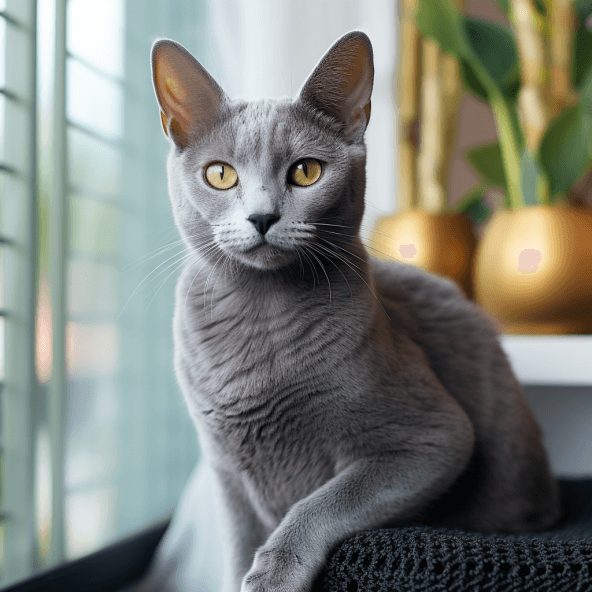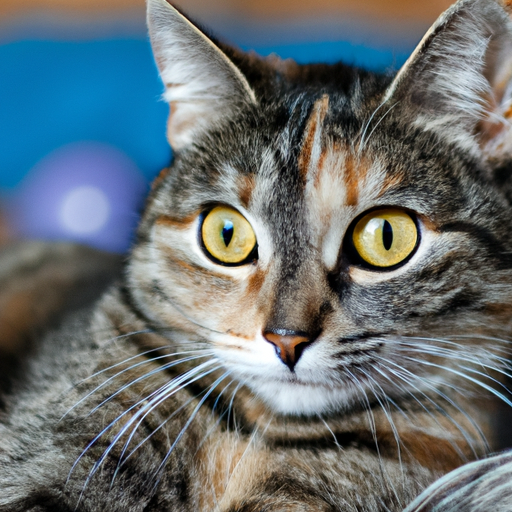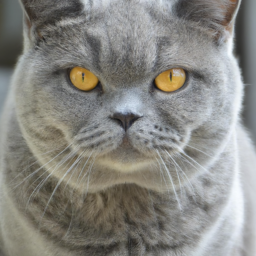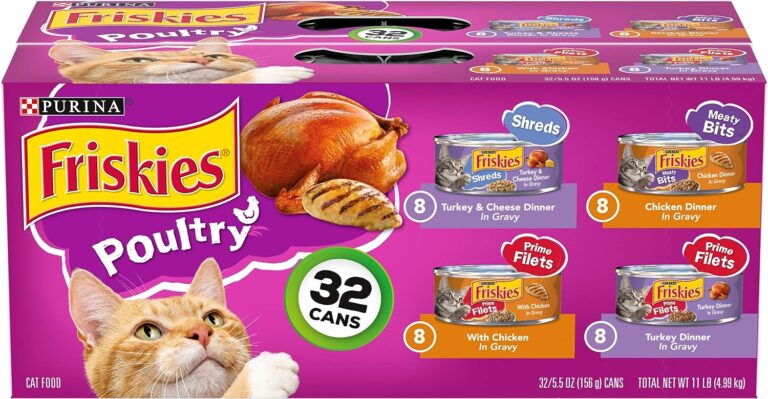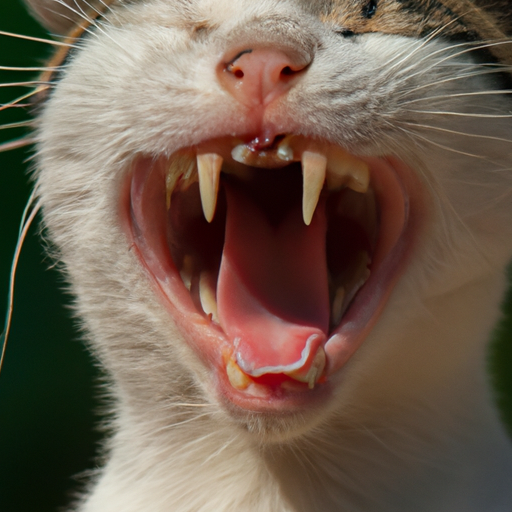Why Do Cats Make Biscuits?
You must be curious, why do cats make biscuits? Well, it’s a fascinating aspect of feline behavior, and by the end of this article, you’ll understand why your cat exhibits this seemingly peculiar trait. Prepare your mind to explore this engaging topic.

Key Takeaways
- Kneading originates from kittens instinctively stimulating milk flow while nursing.
- Happy, content kneading involves purring, gentle treading, and half-closed eyes.
- Cats often knead soft, warm, scented surfaces that comfort them.
- Excessive, frantic kneading may indicate stress or anxiety.
- Kneading strengthens the bond between cat and owner.
- With training, you can redirect kneading to suitable locations.
Why Do Cats Make Biscuits? Exploring the Instinctive Kneading Behavior
Have you ever watched your cat rhythmically press its paws into a blanket or your lap as if it’s kneading invisible dough? This distinctive treading motion that cats make with their front paws is commonly referred to as “making biscuits” or kneading. Many cat owners find this behavior endearing, but why do cats engage in this instinctive activity? This article explores the origins, motivations, and meanings behind feline biscuit-making.
The Nursing Kitten Instinct
Kneading originates from a kitten’s instinct to nurse from its mother. When kittens are born, they rely completely on nursing to get nutrition and comfort from their mothers. To stimulate milk flow, newborn kittens will press rhythmically on the mammary glands with their front paws while suckling. This combination of suckling and kneading helps kittens get milk from their mothers during nursing (link).
Even as kittens grow older and begin the weaning process, they continue kneading to maintain milk production. Thus, kneading becomes an ingrained, lifelong behavior associated with nursing and comfort. Domesticated adult cats retain this instinctual kneading motion derived from their nursing kitten days. It reemerges whenever they feel relaxed, content, and affectionate, similar to their nursing associations.
Signs of Happy, Contented Kneading
When cats are in a calm, peaceful mood, they will demonstrate a relaxed kneading style:
- Purring while kneading indicates contentment
- Gently alternating between paws, not frantic pawing
- Kneading for a few moments then taking a break
- Half-closed eyes or slow blinking show a tranquil state
- Outstretched paws without claws extended
- Laying down while kneading or falling asleep
These signs indicate your cat is serenely enjoying the kneading experience without stress or aggression. Think of it like a cat massage that soothes your feline friend.
Why Cats Choose Specific Kneading Surfaces
Cats often pick soft, warm surfaces for kneading that comfort and reassure them:
- Blankets or Pillows – Warm, soft, and familiar scented fabric.
- Cat Beds – Comfortable and designed for cat preferences.
- Your Lap – Warmth and scent of owner is soothing.
- Stuffed Animals – Soft and allows grabbing with claws.
- Furniture – Warm spots with familiar scents.
Kneading these surfaces likely replicates the softness and warmth of their mother’s belly fur. Your scent and presence can have a similarly soothing effect.
Kneading and Other Soothing Behaviors
In addition to kneading, relaxed cats may engage in other comforting behaviors:
- Purring – Expressing contentment. Cats often purr while kneading.
- Circling – Finding the perfect spot before settling in.
- Treading – Alternating back leg motions, like nursing kittens.
- Suckling – Sucking on blankets or people mimics nursing.
- Drooling – Associating kneading with nursing may induce drooling.
- Closing Eyes – Feeling safe and relaxed enough to drift into a meditative state.
These behaviors demonstrate that cats link kneading to comfort and contentment.
Potential Stress-Related Kneading
While kneading is usually a positive sign, excessive, rough kneading may indicate anxiety:
- Excessive Force – Digging claws and frantic pawing indicates stress.
- Nonstop Rapid Kneading – Doesn’t take breaks between kneading bursts.
- Biting or Scratching – Aggression alongside kneading is concerning.
- Dilated Pupils – Sign of fear or stress.
- Agitated Meowing – Unhappy vocalizations.
- Ears Back – Another sign of anger or anxiety.
- Puffed Up Fur – Defensive posturing.
If your cat seems distressed while kneading, redirect them to a calming activity. Check that their environment doesn’t cause anxiety.
Kneading and Bonding with Your Cat
When your cat gently kneads on your lap or while cuddling, it can deepen your bond:
- Releases Oxytocin – Kneading induces oxytocin in both cat and owner, the “love hormone”.
- Provides Comfort – Your cat sees you as a source of comfort and security.
- Lowers Anxiety – Having your cat nearby can reduce stress.
- Lowers Blood Pressure – Petting a purring cat is calming for humans too.
- Strengthens Attachment – Positive physical contact reinforces your relationship.
Enjoy these special moments of closeness and don’t rush your cat away. It’s an expression of health attachment and trust.
Training Considerations for Kneading
While kneading is normal, you can discourage inappropriate kneading:
- Redirect to a proper kneading surface if your cat targets furniture or carpets. Reward them for using the right spot.
- Ignore undesirable kneading rather than reinforcing it with attention.
- Reward calm kneading on designated blankets or beds.
- Discourage rough, frantic kneading by ending the interaction.
- Trim claws to reduce damage from enthusiastic kneading.
- Make sure your cat gets sufficient playtime to meet their instinctive needs.
With patience and consistency, you can guide your feline friend’s kneading to appropriate places and textures.
Resources
- Why Do Cats Knead? – ASPCA article on kneading motivations
- Cat Kneading: Explaining a Quirky Cat Behavior – Petfinder article on kneading explanations
- How to Stop a Cat from Kneading You – Tips from The Spruce Pets
- Why Does My Cat . . . Knead Me? – Insights from WebMD
- Soft Paws Cat Nail Caps – Product to protect from kneading scratches
The next time you see your cat happily making biscuits, appreciate this instinctive gesture of contentment. With the right approach, you can both enjoy the soothing bonding experience.

